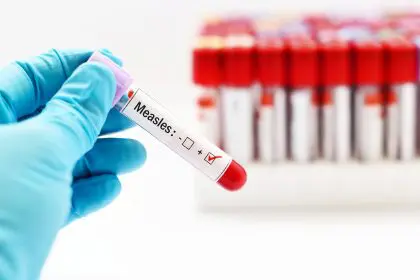Stress is an unavoidable aspect of human existence, impacting individuals in multifaceted ways. One of its lesser-known effects is its profound influence on the skin, often culminating in the development of hives. Hives, medically termed urticaria, present as raised, red, and itchy welts that can vary significantly in size and shape. They emerge when specialized cells release histamine and other substances into the bloodstream, prompting inflammation in the skin.
Stress-induced hives exemplify the intricate connection between the mind and body. While stress is typically associated with mental or emotional strain, its repercussions extend beyond psychological realms, profoundly affecting physical health. Understanding the correlation between stress and hives is pivotal, as it can empower individuals to adopt strategies that mitigate stress and, in turn, alleviate or prevent this dermatological manifestation.
Understanding the link between stress and hives
Stress is a known trigger for hives, although the exact mechanism behind this relationship is not fully understood. It is believed that stress can weaken the immune system, making the body more susceptible to allergic reactions. Additionally, stress can lead to the release of certain chemicals in the body, such as cortisol and adrenaline, which can directly affect the skin and increase the likelihood of hives.
The role of the nervous system
The nervous system also plays a significant role in the relationship between stress and hives. When a person experiences stress, the nervous system releases neurotransmitters that can cause blood vessels to dilate and become leaky. This increased permeability can allow histamine and other inflammatory substances to escape into the skin, leading to the development of hives.
Stress-induced inflammation
Stress can also contribute to inflammation in the body, which can exacerbate skin conditions like hives. Chronic stress can lead to the production of pro-inflammatory cytokines, which are molecules that promote inflammation. This inflammation can further irritate the skin and increase the severity of hives.
Managing stress to prevent hives
Given the link between stress and hives, managing stress effectively is crucial for preventing hives and reducing their severity. Strategies for managing stress include:
– Mindfulness and Meditation: Practices that promote mindfulness and meditation can help reduce stress levels and promote relaxation.
– Regular Exercise: Physical activity can help reduce stress and improve overall well-being.
– Healthy Diet: Eating a balanced diet rich in fruits, vegetables, and whole grains can support overall health and reduce stress levels.
– Adequate Sleep: Getting enough sleep is essential for managing stress and supporting overall health.
– Seeking Support: Talking to a therapist or counselor can help manage stress and improve coping mechanisms.
The relationship between stress and hives underscores the intricate interplay between mental well-being and physical health. Stress, as an inevitable aspect of life, can exert profound effects on the body, including the skin. Acknowledging and comprehending this connection is pivotal, as it empowers individuals to proactively manage stress and mitigate its dermatological repercussions.
By incorporating stress-reducing strategies into their daily lives, individuals can enhance their overall health and well-being. Mindfulness practices, such as meditation and yoga, can promote relaxation and reduce stress levels. Regular physical activity not only improves physical health but also serves as a potent stress reliever. Additionally, maintaining a balanced diet, ensuring adequate sleep, and seeking support from loved ones or mental health professionals are essential components of stress management.
Taking proactive measures to manage stress not only reduces the likelihood of experiencing hives but also contributes to a healthier, more balanced life. Ultimately, understanding and addressing the impact of stress on the body, particularly the skin, can lead to improved overall health and a greater sense of well-being.
This story was created using AI technology.

















